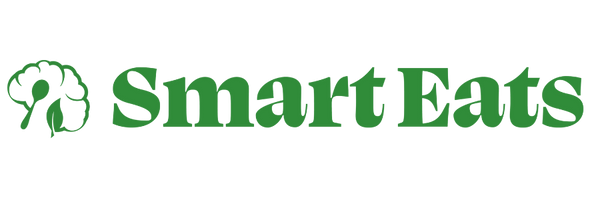
Summary
- High iron breakfasts are an important part of a high iron diet
- Iron absorption is highest in the morning
- There are many high iron foods that can fit your morning routine
- Add vitamin C to your high iron breakfast to boost absorption
- Avoid coffee and tea, which block iron absorption
- Iron Lift is an easy way to fortify your breakfast foods/drinks
Breakfast is the Best Time for Iron
Iron absorption is highest in the morning. This is because a hormone called hepcidin, which blocks iron absorption, is usually at its lowest levels in the morning. Iron absorption is also helped by having an empty stomach, because foods can block iron absorption. All this means that a high iron breakfast can be a valuable part of a high iron diet and lifestyle.
Iron absorption is highest in the morning.
There are Many High Iron Foods to Have for Breakfast
Incorporate the following high iron foods/recipes into your breakfast, and you should feel a difference in no time!
- Iron fortified cereal can provide 18 mg (100% RDV), or more, of iron. Check out our related post to learn more about which options are best for you.
- High iron smoothies and juices can start your day at home or on-the-go with ~5-20 mg of iron. Smoothies can be enriched with our Iron Lift protein powder. Green juices can use spinach as a high-iron base ingredient.
- Tofu, spinach, and egg scramble is a lean and tasty vegetarian breakfast that provides ~6-8 mg iron per serving.
-
Oatmeal with nut butter is a filling, plant-based breakfast that can provide 3mg or more of iron, depending on the type of oats (fortified is best) and nut butter (cashew and almond butter have more iron than peanut butter).
- Tuna salad with fortified bread is a cool and refreshing breakfast that can provide 4mg or more of iron.
- Lentils and beans are common as breakfast bases outside the US, and these foods typically provide ~4-7 mg of iron per serving.
Add Orange Juice to your High Iron Breakfast to Boost Absorption
Orange juice is known to increase iron absorption because extra acidity, particularly when it comes from vitamin C, helps promote intestinal absorption of ingested iron.
If you don't like orange juice or are looking for a better bulk solution, you can instead mix vitamin C powder into water and drink that with your high iron breakfast.
Avoid Having Coffee and Tea with your High Iron Breakfast
Even though these drinks may be your best friend in the morning, your high iron breakfast will work best if you can wait a couple hours before indulging. It's not the caffeine that blocks iron absorption, but rather the polyphenols that give coffee and tea their distinct tastes and aromas. There's not an exact science to how long you should wait; one hour might be okay, and two hours is safer.
To a lesser extent, dairy can inhibit iron absorption. Therefore, it's best to use plant-based milk in cereal or oatmeal, and you should not have a glass of cow's milk with your high iron breakfast.
Smart Eats Can Help You Have a High Iron Breakfast Every Morning
We offer high iron protein, electrolyte, and multi-vitamin powders that can be used in a variety of ways to achieve your high iron breakfast goals.
Use Iron Lift - our high iron protein powder - as part of a smoothie or as added to cereal, oatmeal, or a yogurt bowl for tasty iron fortification.
Use Iron Hydration - our high iron electrolyte powders - to add iron-rich electrolytes to your breakfast and stay hydrated through the day.
Use Iron Shot - our high iron multi-vitamin powder - for a quick, no-frills source of your daily iron and vitamin needs.
